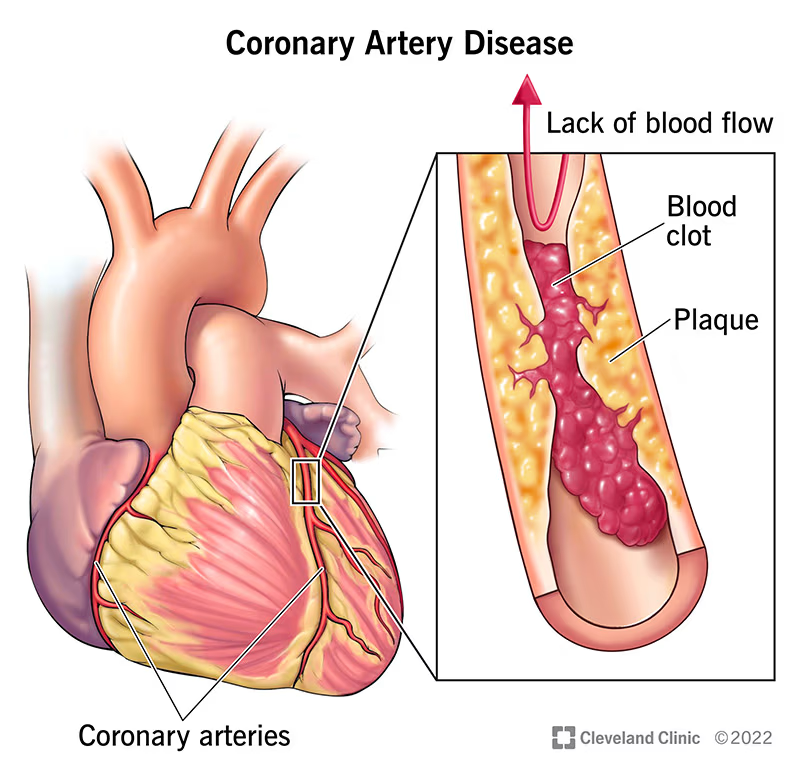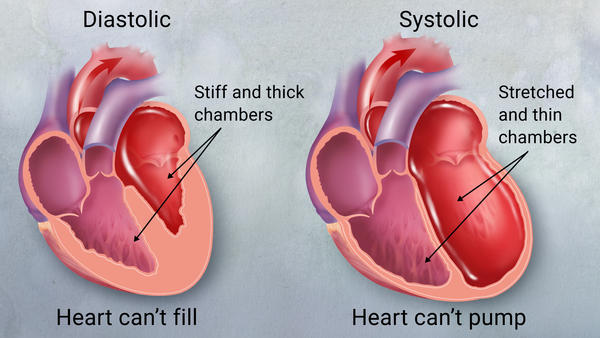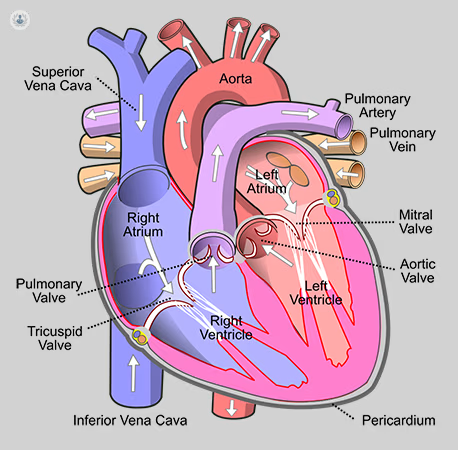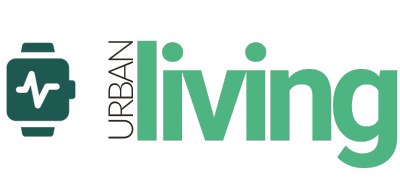Heart disease represents a critical health challenge for women in Singapore, yet awareness remains surprisingly low.
Despite being the primary cause of death among Singaporean women, many remain uninformed about their risk factors, symptoms, and prevention strategies.
This comprehensive guide explores everything women need to know about cardiovascular health in Singapore.
Understanding Heart Disease: The Silent Threat to Women’s Health
Cardiovascular disease encompasses various conditions affecting the heart and blood vessels.
When arteries become narrowed or blocked, it can lead to serious complications including heart attacks, chest pain, and strokes.
The heart muscle, valves, and rhythm can all be affected by different forms of heart disease.
For women, understanding these conditions becomes even more crucial given the unique ways cardiovascular disease manifests in the female population.
The complexity lies not just in the medical aspects, but in recognizing that symptoms often differ significantly from those experienced by men.
Read more: Which Cardiologist in Singapore Should You Consider? (Sort by Reviews)
The Alarming Reality: Heart Disease Statistics for Women in Singapore
The statistics surrounding women’s heart health in Singapore paint a concerning picture.
Cardiovascular disease claims approximately one in three female lives annually, making it more deadly than breast cancer.
Research indicates that nine out of ten women remain unaware of how serious cardiovascular diseases are, despite accounting for roughly one-third of all female deaths.
This lack of awareness stems from several factors, including the historical underrepresentation of women in cardiac research studies and the tendency for heart disease symptoms to be misdiagnosed or overlooked in female patients.
The condition often goes unrecognized because women frequently present with atypical symptoms that differ from the classic chest pain commonly associated with male heart attacks.
Related article: Comprehensive Guide to Coronary Angioplasty in Singapore
Major Types of Heart Disease Affecting Women
Coronary Artery Disease

This remains the most prevalent form of heart disease among women. It occurs when plaque accumulates within the coronary arteries over time, causing them to narrow and harden.
When plaque ruptures or erodes, blood clots can form, potentially blocking blood supply to the heart muscle and causing a heart attack.
Heart Failure

This condition develops when the heart cannot pump blood efficiently throughout the body.
Organs such as the lungs and kidneys may not receive adequate blood flow, leading to fluid accumulation and various complications.
Women may experience different heart failure symptoms compared to men, often presenting with fatigue and shortness of breath rather than chest discomfort.
Arrhythmias and Atrial Fibrillation
Heart rhythm disorders can cause the heart to beat too quickly, slowly, or irregularly.
Atrial fibrillation, a specific type of arrhythmia, makes blood clotting more likely since the heart cannot pump as effectively.
This increases the risk of stroke and other cardiovascular complications.
You might be interested: Health Screening in Singapore
Valvular Heart Disease

Problems with heart valves can prevent them from opening fully or closing properly, forcing the heart to work harder.
These issues may result from birth defects, aging, or infections.
During pregnancy, valve problems can become particularly challenging as the heart must work harder to supply blood to the developing baby.
Women-Specific Conditions
Two conditions particularly affect women: spontaneous coronary artery dissection, where tears develop in heart blood vessels, and takotsubo cardiomyopathy (broken heart syndrome), where the heart temporarily weakens in response to intense emotional or physical stress.
Recognizing the Warning Signs: Symptoms in Women
Early Warning Symptoms
Many women experience subtle symptoms that may be dismissed or attributed to other conditions:
- Neck, jaw, or throat discomfort
These symptoms can occur during rest or routine daily activities and may be intermittent rather than constant.
Advanced Symptoms
As heart disease progresses, additional symptoms may develop:
- Swelling in legs, feet, or ankles
Related article: Diabetes Treatment in Singapore: Types, Risks
Heart Attack Symptoms in Women
While chest pain remains a common symptom, women experiencing heart attacks may also present with:
- Upper body pain extending to arms, back, neck, or jaw
Risk Factors: Understanding Your Cardiovascular Risk Profile
Non-Modifiable Risk Factors
Certain risk factors cannot be changed but are important to recognize:
- Age – Risk increases with age, particularly after menopause
Related article: Complete Guide to Depression Therapy in Singapore
Modifiable Risk Factors
These factors can be addressed through lifestyle changes and medical management:
| Risk Factor | Description | Impact on Women |
|---|---|---|
| High Blood Pressure | Blood pressure consistently above 140/90 mmHg | Affects 30.2% of Singaporean women aged 18-74 |
| High Cholesterol | Elevated LDL cholesterol levels | Women’s HDL levels typically drop after menopause |
| Diabetes | Blood sugar management issues | Nearly doubles heart disease risk in women |
| Smoking | Tobacco use in any form | Female smokers have 25% higher heart disease risk than male smokers |
| Obesity | BMI of 25 or higher | Overweight women face 55% higher risk than men |
| Physical Inactivity | Less than 150 minutes moderate exercise weekly | Only 73.2% of Singaporean women meet activity guidelines |
| Stress | Chronic emotional or psychological stress | Women with high work stress have 38% higher cardiovascular event risk |
Pregnancy-Related Risk Factors
Pregnancy complications can significantly increase long-term cardiovascular risk:
- Gestational diabetes and preeclampsia
- Preterm delivery and gestational hypertension
Related article: The Ultimate Guide to Losing Weight in Singapore
Diagnostic Approaches for Heart Disease in Women
Initial Assessment
Healthcare providers typically begin with a comprehensive medical history and physical examination, evaluating symptoms, family history, and risk factors. Blood tests may reveal markers indicating heart damage or risk factors like high cholesterol or diabetes.
Advanced Diagnostic Testing
Electrocardiogram (ECG/EKG): Records the heart’s electrical activity to detect rhythm abnormalities or signs of heart damage
Echocardiography: Uses sound waves to create moving images of the heart, showing its size, shape, and function
Stress Testing: Evaluates heart function during physical exertion to identify coronary artery disease
Cardiac CT Scan: Provides detailed three-dimensional images of the heart and blood vessels
Cardiac MRI: Uses magnetic fields and radio waves to create comprehensive heart images
Coronary Angiography: Involves injecting contrast dye to visualize coronary arteries and identify blockages
Cardiac Catheterization: A minimally invasive procedure to diagnose and sometimes treat heart problems
Considerations for Women
Women may face unique challenges during diagnostic procedures.
Smaller coronary arteries can make certain procedures more technically challenging, and women may experience different symptoms that require careful evaluation to avoid misdiagnosis.
Related article: Anxiety Therapy in Singapore: Treatment and Recovery
Treatment Options: Managing Heart Disease in Women
Medication Management
Several classes of medications effectively treat heart disease:
Statins: Lower cholesterol levels and reduce plaque formation in arteries
Blood Thinners: Prevent blood clot formation (such as warfarin or newer anticoagulants)
Beta-Blockers: Reduce heart rate and blood pressure, decreasing cardiac workload
ACE Inhibitors: Help relax blood vessels and reduce blood pressure
Calcium Channel Blockers: Help blood vessels relax and may reduce heart rate
Surgical Interventions
When medications prove insufficient, surgical options may be necessary:
Angioplasty and Stenting: A balloon catheter opens narrowed arteries, often with stent placement to keep vessels open
Coronary Artery Bypass Surgery: Creates alternate routes for blood flow around blocked arteries
Valve Repair or Replacement: Addresses dysfunctional heart valves
Pacemaker or Defibrillator Implantation: Helps control heart rhythm abnormalities
Special Considerations for Women
Women may experience more complications following certain cardiac procedures due to smaller vessel size and different anatomy.
However, treatment outcomes continue to improve as medical understanding of women’s heart disease advances.
Prevention Strategies: Protecting Your Heart Health
Lifestyle Modifications
- Quit smoking – Reduces cardiovascular risk by 50% within one year
Medical Management
Regular health screenings become increasingly important with age. Monitor and manage:
- Blood pressure (target below 140/90 mmHg)
- Cholesterol levels
- Blood sugar levels
- Body weight and BMI
- Regular cardiac evaluations as recommended by healthcare providers
Hormonal Considerations
For women approaching or experiencing menopause, discuss with healthcare providers:
- Hormone replacement therapy risks and benefits
- Increased cardiovascular monitoring needs
- Adjustment of prevention strategies based on hormonal changes
When to Seek Medical Attention
Immediate Emergency Care
Call emergency services immediately if experiencing:
- Severe chest pain or pressure
Routine Cardiac Consultation
Consider scheduling a cardiology appointment if you have:
- Family history of early heart disease
Living with Heart Disease: Long-term Management
Medication Adherence
Consistent medication compliance remains crucial for managing heart disease.
Patients should work closely with healthcare providers to understand each medication’s purpose, recognize potential side effects, maintain regular medication schedules, and communicate any concerns or adverse reactions promptly.
Lifestyle Adaptations
Living with heart disease may require ongoing lifestyle adjustments.
These include regular monitoring of symptoms, gradual increases in physical activity as tolerated, implementation of stress reduction techniques, scheduling regular follow-up appointments, and developing comprehensive emergency action plans.
Support Systems
Building strong support networks can significantly impact both recovery and long-term management.
Essential support elements include family and friend involvement, participation in cardiac rehabilitation programs, joining support groups specifically for women with heart disease, and accessing mental health resources when needed.
The Path Forward: Improving Women’s Heart Health in Singapore
Addressing the gap in women’s cardiovascular health awareness requires coordinated efforts from healthcare systems, policymakers, and individuals.
Increased research focusing specifically on women’s heart disease, improved diagnostic protocols, and enhanced public education campaigns can help reduce the mortality gap.
Healthcare providers must remain vigilant for atypical presentations in women and ensure equal access to diagnostic testing and treatment options.
Meanwhile, women must advocate for their health, seek regular screenings, and take proactive steps to reduce their cardiovascular risk.
Frequently Asked Questions
Are younger women at risk for heart disease?
While heart disease risk increases with age, younger women are not immune to cardiovascular problems.
Pregnancy complications, autoimmune diseases, smoking, diabetes, and family history can elevate risk even in women under 40.
Additionally, lifestyle factors such as stress, poor diet, and physical inactivity can contribute to early heart disease development.
How do heart attack symptoms differ between men and women?
Women often experience more subtle or atypical symptoms compared to men.
While both may experience chest pain, women are more likely to have nausea, back pain, jaw pain, extreme fatigue, and shortness of breath without chest discomfort.
Women may also describe chest symptoms as pressure or tightness rather than crushing pain.
Can birth control pills increase heart disease risk?
Certain hormonal contraceptives, particularly those containing estrogen, may slightly increase cardiovascular risk, especially in women who smoke, have high blood pressure, or are over 35.
However, for most healthy women, the risk remains very low. Discuss individual risk factors with your healthcare provider when choosing contraceptive methods.
How does menopause affect heart disease risk?
Menopause significantly impacts cardiovascular risk due to declining estrogen levels.
Estrogen helps maintain healthy cholesterol levels and keeps blood vessels flexible.
After menopause, women’s heart disease risk increases rapidly, eventually matching that of men.
This makes post-menopausal health monitoring particularly important.
What role does family history play in women’s heart disease risk?
Family history of heart disease increases individual risk, particularly if close relatives developed heart disease at young ages.
Women with family history should begin cardiovascular screening earlier and may need more aggressive risk factor management.
However, having family history doesn’t guarantee heart disease development.
Can stress alone cause heart disease in women?
While stress alone doesn’t directly cause heart disease, chronic stress contributes significantly to cardiovascular risk.
Stress can lead to high blood pressure, promote inflammation, and encourage unhealthy behaviors like smoking or overeating.
Women reporting high work-related stress show 38% higher rates of cardiovascular events.
Is heart disease during pregnancy dangerous?
Heart disease during pregnancy requires careful management but doesn’t necessarily prevent successful pregnancies.
Women with known heart conditions should work closely with specialized healthcare teams including cardiologists and high-risk pregnancy specialists.
Some heart medications may need adjustment during pregnancy.
How effective are lifestyle changes in preventing heart disease?
Lifestyle modifications can prevent up to 80% of heart disease cases. Regular exercise, healthy diet, smoking cessation, stress management, and maintaining healthy weight significantly reduce cardiovascular risk.
Even small changes can make meaningful differences in long-term heart health.
What should women know about cardiac rehabilitation?
Cardiac rehabilitation programs provide structured exercise training, education, and counseling for people recovering from heart attacks or cardiac procedures.
These programs significantly improve outcomes and quality of life.
Women should actively seek cardiac rehabilitation opportunities, as they historically have been underreferred to these beneficial programs.
When should women start heart disease screening?
Basic cardiovascular screening should begin by age 20, including blood pressure, cholesterol, and diabetes screening.
Women with risk factors may need earlier or more frequent screening.
After age 40, regular comprehensive cardiovascular assessments become increasingly important, with screening frequency determined by individual risk factors and physician recommendations.

